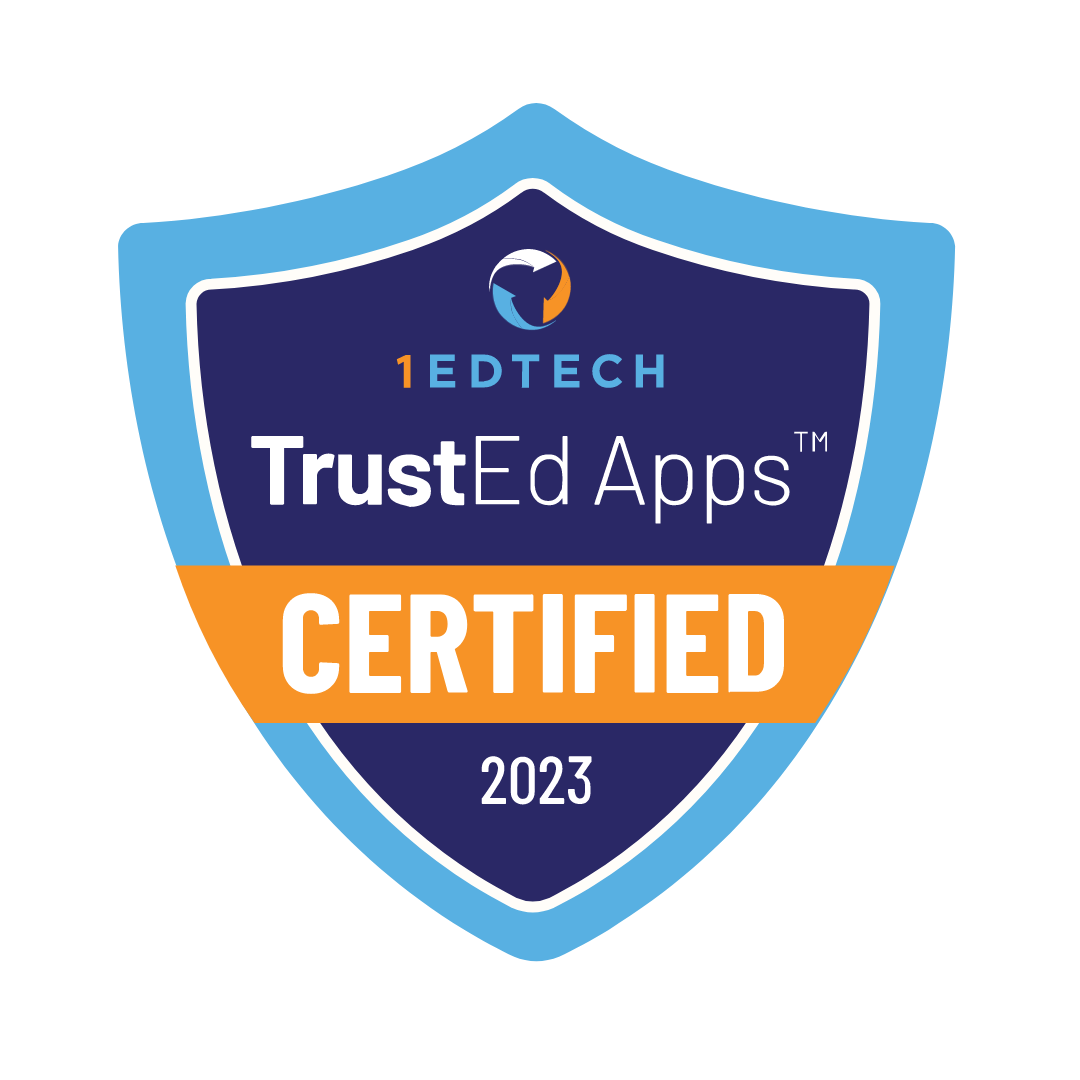Contents
Many families choose online homeschooling over traditional schooling. This form of education provides more freedom to children and parents. Families have greater control over scheduling and subject selection.

Homeschool is a way for students to complete their education at home. Parents transition their children to homeschooling at any stage, from elementary to high school. But what about switching mid year? Let’s explore this option in more detail.
Why Do Parents Choose Homeschooling for Their Children?
|
Parents, Take Note
The study “Homeschooled Children’s Social Skills” shows homeschooled children’s social skills scores were consistently higher than those of public school students. Differences were most marked for girls and for older children, and covered all four of the specific skills tested: cooperation, assertiveness, empathy, and self-control
|
Parents choose homeschooling for their children for various reasons. This method of education offers more personalized programs for children. Families find it much easier to correct their schedule to fit the learning plan. Learn about the advantages of online homeschooling in this article.
How to Switch to Homeschooling?
Switching to homeschooling is not as difficult as it seems. Here are a few steps to help families transition to homeschooling.

Research State Requirements
Each state has its own laws regarding online homeschooling. Understanding the state’s regulations is important for legal compliance. This step must be completed before beginning the transition. Check the states’ requirements here.

Choose an Accredited Homeschool Curriculum
The good curriculum includes core subjects and offers different electives for a comprehensive education. Many schools provide personalized learning and support services. The best option is when schools mix this with a solid curriculum. Accreditation guarantees the program and curriculum are recognized by colleges and employers. Read more about how to choose the best homeschool curriculum here.
Notify the Current School
Families inform the child’s current school about the transition after deciding to switch. A formal withdrawal letter is required. Find the sample of this letter here.
Create an Effective Learning Space
Parents create a comfortable and separate space at home for online learning. Access to a computer, stable internet, and necessary materials is key. A quiet, organized space helps the child stay focused during lessons.
Develop a Routine
Families develop a daily schedule balancing online classes, independent study, and breaks. A structured routine helps sustain learning progress. Changes depend on the child’s comfort and progress.
Can You Switch Your Child to Homeschooling Mid Year?

Transitioning to homeschooling mid year is possible.
Switching to homeschooling isn’t always a decision made at the start of the school year, when families have a lot of time to plan. Mid year transitions are necessary due to unexpected circumstances such as frequent travel, relocation, or issues like bullying in a traditional school. These are just a few of the reasons why families choose to make the switch mid year.
Switching to homeschooling mid year follows the same steps as at the beginning of the year. Mid year transitions require more attention to detail. Transferring credits or academic progress from the current school to the homeschool program is important. Families need to help children adapt emotionally to the sudden change. This is especially important if the transition happens due to difficult circumstances like bullying or relocation.
Why Do Students Choose Legacy Online School for Homeschooling?
“For health reasons we had to transfer my son to online home schooling, but as it turned out, he likes it even better than regular school. He connects to the lessons with pleasure. We have children from different cities in our class. It’s great that you can get a good quality education no matter where you live”
Parent’s review, SCHOOL IN

Legacy Online School has earned the trust of many parents through its principles and advantages. Students benefit from an accredited curriculum, support from certified teachers, and many other advantages. Read more about the reasons to choose Legacy Online School here.
Conclusion
Life brings unexpected changes, and switching to homeschooling mid year is a way to adapt to new circumstances. There’s no need to fear this transition. We’ve written the steps to make the transition simple. Legacy Online School team is happy to assist and provide support to parents if they need further guidance.











